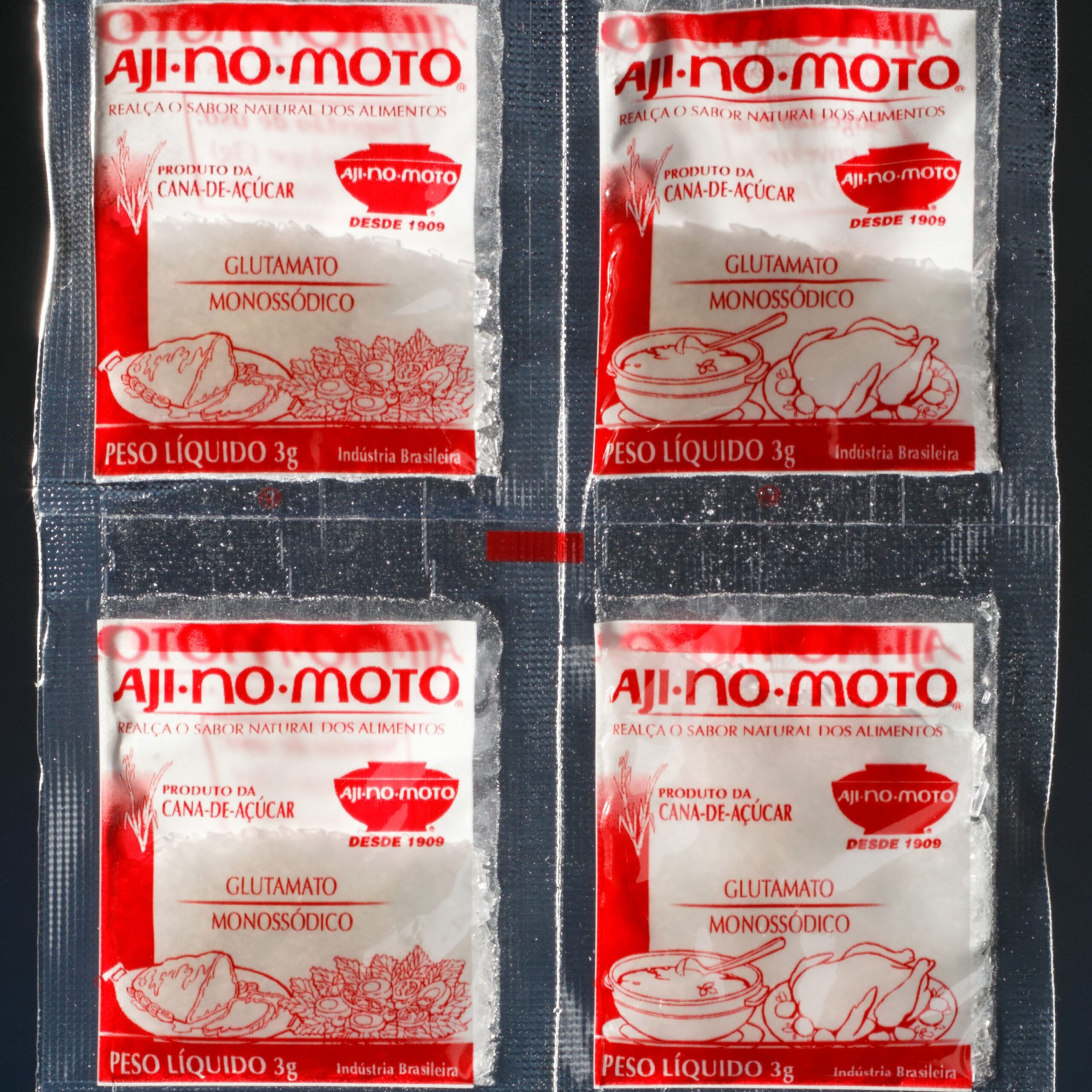A Comprehensive Guide for Parents: Understanding Message’s (MSG)
Hello, splendid parents! Are you frequently puzzled about the term MSG found on the ingredient lists of various food products? Don’t you worry! We are here to untangle this complex health web for you with a beaming smile. Let’s embark on this enlightening journey together!
MSG: What Excactly Is It?
Cracking the MSG Code
Monosodium glutamate – that’s the full form of MSG. This common food ingredient is an add-on flavor enhancer broadly used throughout the food industry. With umami (savory taste), as one of its distinctive features, it’s easy to see why MSG quickly captured the taste buds of many consumers. But what’s behind this magic?
The Science Behind MSG
MSG isn’t some mystical substance hailing from a faraway food realm. It’s a sodium salt of the common amino acid – glutamic acid, naturally present in our bodies and a multitude of foods we regularly consume.
Is MSG Safe For My Children?
Decoding the ‘MSG=Bad’ Myth
Many parents, perhaps including you, have been victims of the ‘MSG-phobia’ that took hold many years back. Some people started developing what was called “Chinese Restaurant Syndrome,” after consuming food with MSG. However, numerous scientific studies have since suggested that the symptoms only occur in a small fraction of people who consume large amounts of MSG on an empty stomach.
FDA Stance on MSG
In affirmation, the U.S. Food and Drug Administration has classified MSG as a food ingredient that’s “generally recognized as safe” (GRAS), the same safety level given to everyday food items like salt and vinegar.
As we continue on this jovial journey of food ingredient exploration, remember that your children’s health is always number one. And with knowledge comes the power to make the right food choices! So let’s tackle the MSG equations with positivity and an eagerness to learn.
Stay tuned for the next sections, where we will take a deeper dive into the dietary sources of naturally occurring MSG, the benefits and potential side effects, and handy tips on how to handle MSG in your kid’s diet effectively.
With this practical guide loaded with warmth and positivity, you’ll become a pro at understanding food labels, making this one less source of stress in your marvelous parental life!

The Dietary Sources of Naturally Occurring MSG
MSG in Meat and Dairy Products
Did you know that MSG is naturally present in some foods you might already be giving to your little ones? Dairy products like cheese and natural foods like tomatoes and mushrooms contain MSG. Surprising, isn’t it?
MSG in Fermented Foods
Curious about foods with naturally high MSG content? Or maybe you’re a fan of fermented foods? Then this is for you! Soy sauce, kimchi and miso soup also contain MSG, all naturally occurring from the fermentation process.
The Benefits and Potential Side Effects of MSG
Friendly Effects of MSG
Contrary to a lot of misleading information, moderate consumption of MSG can yield some benefits! It can enhance the flavor of meals, making nutritious but bland foods more appealing. This can be super helpful for maintaining a balanced diet for your kids.
Potential Side Effects of MSG
Despite being generally safe, overconsumption of MSG can still cause symptoms such as headaches and chest discomfort in some sensitive individuals. These effects, while unsettling, are generally short and mild.
How To Handle MSG in Your Kid’s Diet
Balance and Moderation
Like any other food ingredient, balance and moderation are key. Avoiding MSG entirely isn’t necessary or practical but limiting the intake might be a smart move considering the potential side effects.
Reading Food Labels
Stay educated and always read food labels! This is an enlightening way of determining if a food product contains MSG. Words like ‘hydrolyzed vegetable protein,’ ‘autolyzed yeast,’ ‘hydrolyzed yeast,’ ‘yeast extract,’ ‘soy extracts,’ and ‘protein isolate’ usually indicate the presence of MSG.
To conclude, we hope this cheerful and educational guide provides you the needed understanding on the topic of MSG. Here’s to healthy and informed food choices for your children! Remember, as a parent, your decisions shape their food habits, and knowledge is your best tool. Happy parenting!
Preparing for MSG’s: What Parents Should Know
Preparing for children’s exposure to MSG’s, or monosodium glutamate, is essential for every parent out there. If you’re a parent planning a healthy diet for your children, here are the five key aspects you need to remember.
1. Understanding MSG’s
MSG or Monosodium Glutamate is a flavor-enhancer used in numerous foods. It’s safe for consumption according to FDA, but some people may have sensitivities or reactions. Know that it’s often found in processed foods.
2. Checking Food Labels
Read the food labels diligently. If a food item contains MSG, it’s required by law to be stated in the ingredients list. Identifying and avoiding food products with MSG can help in preparing a healthier diet.
3. Identifying Hidden MSG’s
MSG might be listed differently on food labels. Names such as “hydrolyzed proteins,” “protein isolates,” and “auto-lyzed yeast” could mean MSG. Familiarize yourself with these synonyms.
4. Home-Cooked Meals are Safer
Preparing meals at home using fresh ingredients reduces your children’s MSG intake. Processed foods and take-outs are typically high in MSG, hence, consuming home-cooked meals helps in control.
5. Learn About the MSG’s Impact
While the FDA considers MSG safe for most people, some may experience reactions like headaches and flushing. Educating yourself about these possible impacts can prepare you to recognize and respond to such reactions wisely.
Preparation is key when it comes to navigating through the complexities of childhood diet. By understanding MSG and its potential effects, you can ensure a healthier diet for your children.
For more great articles please see here. For more information see here
Disclaimer
The articles available via our website provide general information only and we strongly urge readers to exercise caution and conduct their own thorough research and fact-checking. The information presented should not be taken as absolute truth, and, to the maximum extent permitted by law, we will not be held liable for any inaccuracies or errors in the content. It is essential for individuals to independently verify and validate the information before making any decisions or taking any actions based on the articles.




